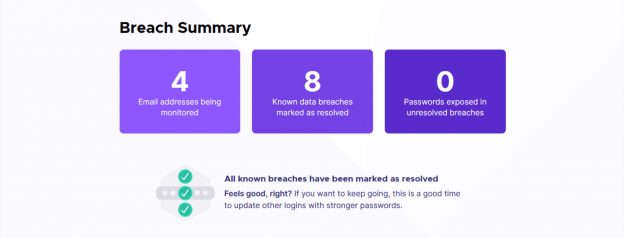We monitor our, and our clients’, websites 24/7. Knowing that our clients’ sites are up pretty much 100% of the time, how do other local websites compare?
Category: Wider Internet Issues
General Interenet observations not related specifically to websites or SEO.
Let’s Help Ukraine Now
Several safe websites accepting donations in support of Ukraine
Check Your Email Isn’t Exposed on the Dark Web
How to check whether your email address is available on the dark web and what to do about it.
Do You Break These Email Rules?
I’ve seen, and made, all sorts of mistakes with emails. These seven rules will help you avoid most of them.
BlueTree Supports Key Workers
BlueTree supports key workers in these difficult times.
General Data Protection Regulations (GDPR)
An attempt to help small businesses with GDPR, the General data Protection Regulations, by offering an explanation BlueTree’s approach and a copy of our checklists.
Encryption: Improve Your Search Position Step 2
This is important. You need to encrypt your website. You should do it soon. Here’s why, explained in detail and in plain English.
Christmas E-cards with a Difference
Many now donate to charity instead of sending Christmas cards. Saves the environment; saves money; saves time. BlueTree’s difference is the charity itself. And at the end there’s a little SEO tip, too.
A Search Engine That Doesn’t Track your Every Move
Google has new competition. One that doesn’t track your every move, “Improve your Internet experience,” by tailoring results just for you. It’s DuckDuckGo.
How to Recognise an Internet Rip-off
How my cousin was ripped off by a provisional driving licence application website, and how to avoid being swindled yourself.






